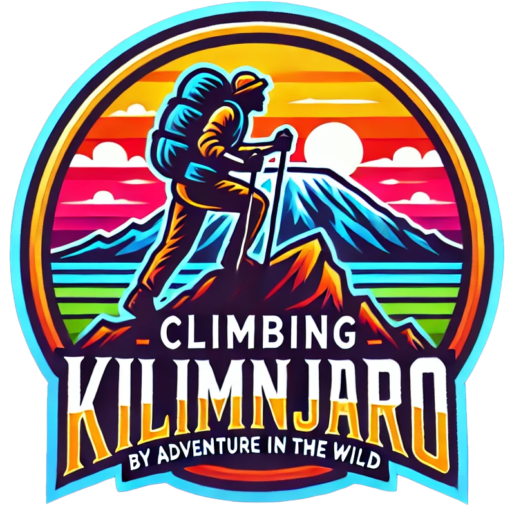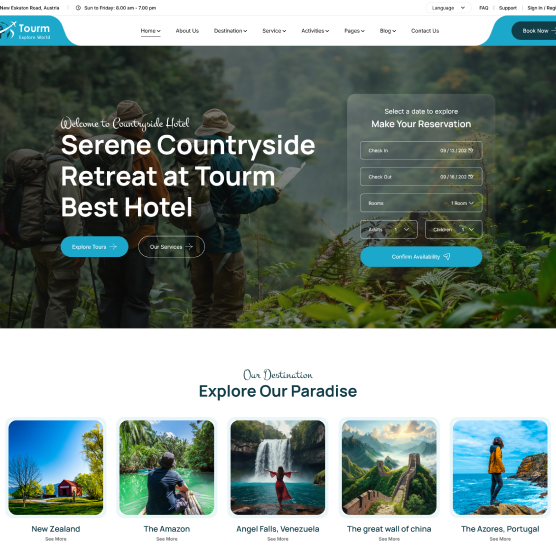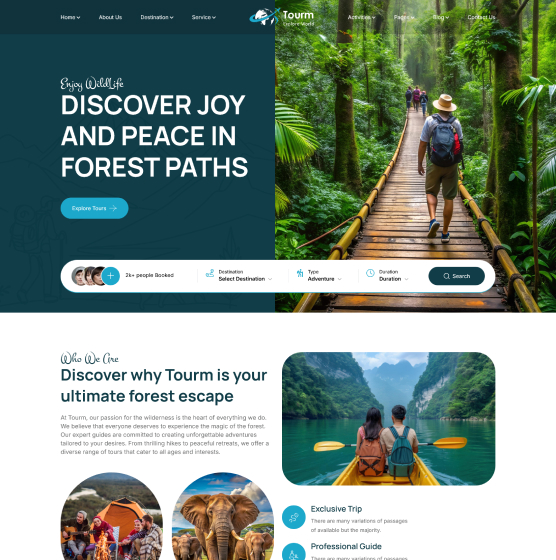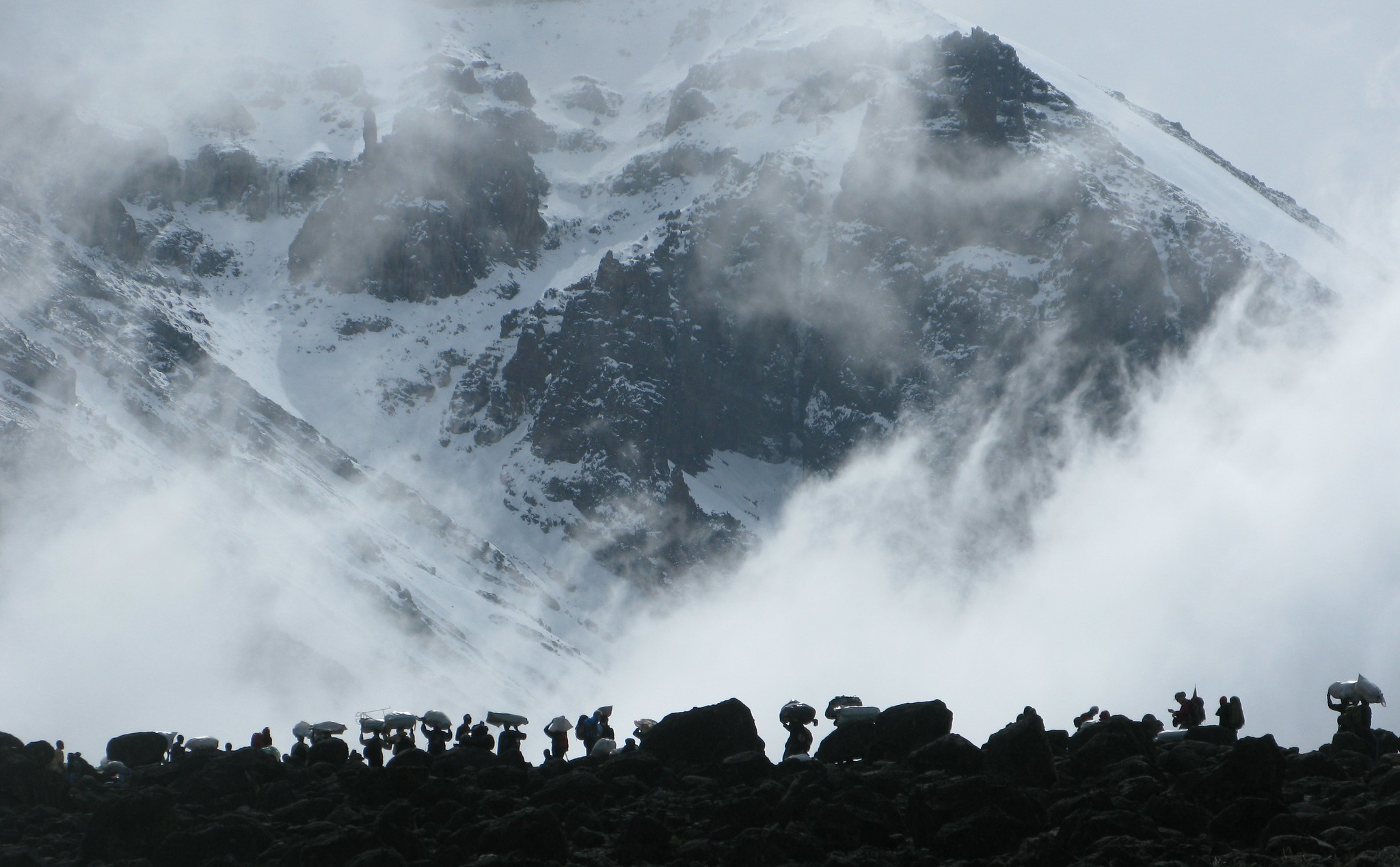12 Things You Need to Know Before Climbing Mount Kilimanjaro
Here are 12 Things You Need to Know Before Climbing Mount Kilimanjaro. Mount Kilimanjaro, which stands at 5,895 meters (19,341 feet) and is the highest peak in Africa, is a challenge that adventurers from all over the world consider to be on their bucket list. To ensure that your journey is safe, pleasurable, and successful, it is essential to properly prepare yourself, regardless of whether you are an experienced trekker or a climber for the first time. First things first: before you attempt to climb the Roof of Africa, here are twelve things you truly must know.
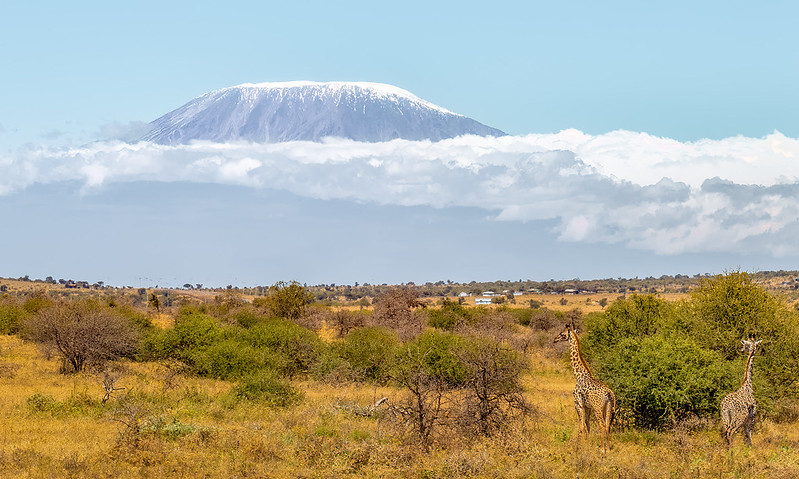
-
You Do Not Need to Have Any Experience in Technical Climbing
Because it is not a technical climb, climbing Kilimanjaro is one of the most appealing aspects of the mountain. This implies that you do not require any climbing experience, ropes, or harnesses to participate. It is nevertheless a tough journey that takes place over a period of several days and involves steep inclines and high elevations; therefore, it is vital to be physically fit and mentally prepared.
-
Pick the Appropriate Path to Take
The seven primary routes to the peak each have their own unique landscape, level of difficulty, and percentage of successful ascents.
The Machame Route, also known as the Whisky Route, is a popular choice because it is both scenic and challenging. The Marangu Route, also known as the Coca-Cola Route, is shorter and less difficult, and it offers hut accommodations. The Lemosho Route is perfect for acclimatization because it is quieter, more scenic, and more challenging. The Rongai Route is less crowded, has a drier climate, and has an easier gradient.
First, do some research on the available possibilities, and then select the path that best fits your fitness level, timetable, and the kind of experience you want to have.
-
Recalibration is the Crucial Step
Altitude sickness is the major reason climbers fail to reach the top. Choosing a path that allows for a steady rise is one way to lessen the likelihood of injury.
- When feasible, adhere to the “climb high, sleep low” philosophy.
- Make sure to stay hydrated and get plenty of rest.
- Choose itineraries that are longer than seven days.
Acclimatization requires patience and should not be rushed.
-
Train to build endurance rather than speed.
It is not necessary for you to be an excellent athlete; nevertheless, you do need to have stamina. Train yourself by going on long-distance treks, strength training, and cardio. The mantra on the mountain is “Pole Pole,” which translates to “slowly, slowly” in Swahili. Practice hiking with a daypack on uneven terrain and focus on calm, steady movement throughout the entire journey.
-
Pack in a Convenient and Lightweight Manner
You will receive a packing list from your tour operator, but the following items are essential:
- A sleeping bag that is perfect for all four seasons
- Layered clothes (base layer, fleece, down jacket, and waterproof shell)
- Have hiking boots that are well-worn in!
High-calorie food, a headlamp, trekking poles, a daypack, and a hydration system are all essential items.
Be cautious to pack light, but make sure you have gear that can withstand the sun, wind, rain, and cold.
-
Pick a Tour Operator That Has a Good Reputation
Climbers are required to accompany professional guides at all times by law. Ensure that the operator you choose has both experienced guides and the appropriate safety protocols.
- Offers porters ethical treatment and the opportunity to earn fair earnings (search for businesses that are registered with the KPAP).
The organization provides assistance in the form of oxygen, pulse oximeters, and emergency evacuation plans.
Don’t just go for the cheapest; your safety and experience depend on it.
-
It is essential to stay hydrated.
When you are at a high altitude, you run the risk of becoming dehydrated. On a daily basis, consume three to four liters of water, even if you do not feel thirsty. To prevent freezing, use bottles that have insulation, and add electrolytes to keep your body in balance. On certain routes, there may be limited access to water; your guides will assist you in rehydrating whenever it is necessary.
-
Anticipate the General Conditions of Camping
Unless you are participating in the Marangu Route, which offers cottages, you should prepare to camp in tents. Showers are not available, there are only a few toilets available, and there is very little electricity available. Bring some baby wipes, some biodegradable soap, and a good sense of humor!
-
Be ready for the weather to change at any moment.
The weather on Kilimanjaro is known to be unpredictable. You will go through five different temperature zones, ranging from the arctic peak to the alpine desert to the jungle. It may be hot one minute and snowing the next. It is necessary to layer your clothing, and you will be thankful that you have gear that is windproof and waterproof.
-
It is customary to leave a tip.
The conventional and anticipated practice is to leave gratuities for your guides, porters, and cooks. Each climber should receive an average tip of $250–$300 for the crew. There is a possibility that your trip operator will offer some guidelines.
-
The most challenging part is the night of the summit.
Under normal circumstances, the final push to Uhuru Peak starts at midnight. Although it is a winding, chilly, and dark ascent, it is also the most rewarding. Wear warm clothing, bring snacks with you, and rely on your teammates and guides for support. You will never forget the experience of watching the sunrise from the peak of the mountain.
-
It Is Not Just About Reaching the Top; It Is About the Journey
It is acceptable that not everyone will reach the pinnacle of success. The journey is worthwhile because of aspects such as the scenery, the camaraderie, the local culture, and the personal growth that occurs. Keep a positive attitude, pay attention to what your body is telling you, and be open to the experience at every turn.
Remarks to Conclude
Climbing Mount Kilimanjaro is an adventure that can revolutionize one’s life. If you prepare, have the right mindset, and have a good support team, you will not only improve your chances of reaching the peak, but you will also leave with memories and stories that will last a lifetime. Those are the 12 Things You Need to Know Before Climbing Mount Kilimanjaro.
Ready to conquer Kilimanjaro? Allow us to assist you in organizing your ideal journey to the summit of Africa.
